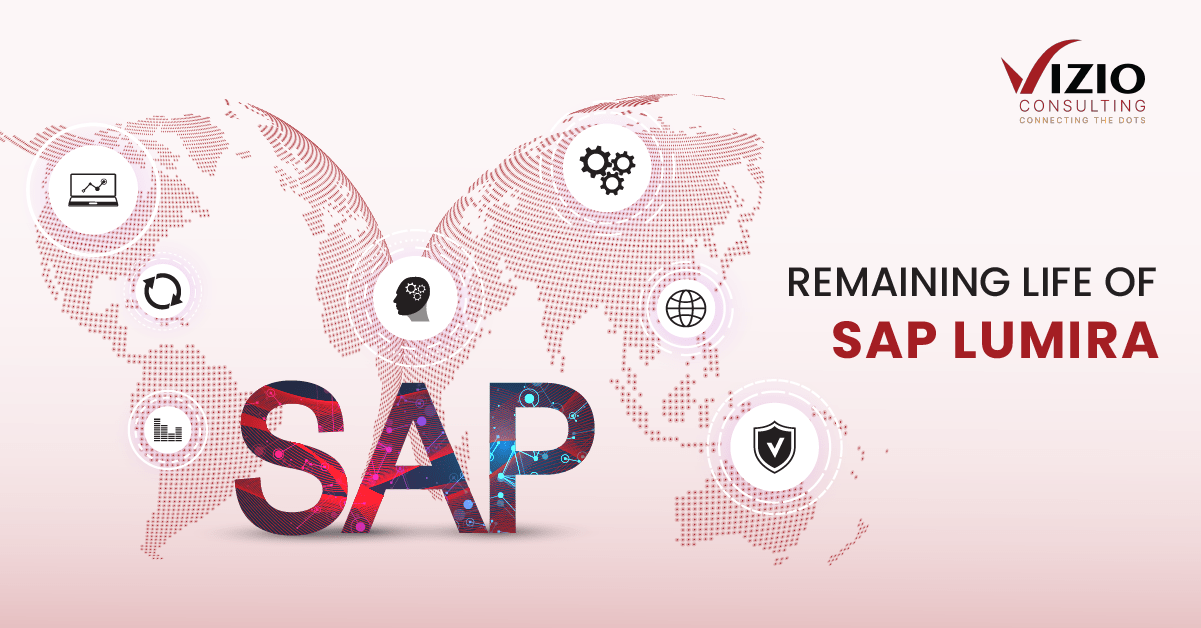History
SAP Lumira was initially introduced as SAP Visual Intelligence in May 2012 as a successor to SAP BusinessObjects Design Studio 1. x. It is a self-service, data visualization application developed for individual business users, office teams, and enterprise organizations. The first release of the software used SAP’s HANA platform as a data source. Later in the second release expanded data sources to include CSV and Excel files. In 2013, the software was rebranded under the name Lumira and began offering a version of the software as a cloud computing program. SAP Lumira has released updates as frequently as six weeks. This led the customer conclude SAP Lumira was not being an established product. BI and IT teams faced difficulties in upgrading Lumira after every release. In 2015, the cloud version of Lumira known as Lumira Cloud was absorbed into SAP Analytics Cloud, while the Lumira Server and Lumira Desktop software remained separate.
SAP Lumira 2.0 Components
SAP Lumira has the following components:
Lumira Discovery: This application is used to visualize and create ad-hoc stories about data. Data sources can be accessed like Excel, and databases like Oracle, IBM DB2, or SAP HANA. Then manipulate, cleanse, and join data from these datasets and create visualizations, stories, and infographics. Business key users use this tool to connect, acquire, manipulate, and merge data and work with live or imported data.
Lumira Designer: This application is used to create enterprise dashboards and analytics applications. It is used by professional designers of corporate analysis applications based on SAP BW, SAP HANA, and universe data sources. Supports shared UI elements (e.g., headers, footers, toolbars). Supports planning applications. It is the product of choice when full support for BW and HANA data models and engine capabilities is required.
Lumira Server for BI Platform
After prototyping the dashboard in SAP Lumira Discovery, the users can open the LUMX files in SAP Lumira Designer and do the scripting to add more interactive features, the files can be published in the SAP BusinessObjects BI Platform.
SAP Lumira Future Roadmap
SAP Analytics Cloud is the future direction of SAP’s reporting strategy.
Benefits of SAP Analytics Cloud over SAP Lumira Discovery
The benefits of SAP Analytics Cloud have played a vital role in moving customers to analytics in the cloud. It is a simple and user-friendly interface that allows one to even use it on mobile. It is easy and convenient to connect multiple SAP sources into one software in real time. The capability to collaborate and share reports among all departments from customer service, sales, marketing, operations, and analytics within the organization is an added advantage. There is no lag in time with data or analytics. Also, there is an advantage to machine learning, cognitive, and AI capabilities as part of the central SAP Cloud Platform strategy for SAP Analytics Cloud customers.
Conclusion
Customers who are currently using SAP Lumira 1. x and SAP Lumira, Discovery edition 2. x, can keep using and updating the Lumira installation alongside SAP BusinessObjects BI Platform as SAP will support the SAP Lumira customers for a successful go-live of current projects. Support for SAP Lumira 2.0 will be provided through 2024. But there would be minimal or no development of any new features on SAP Lumira Discovery.
For customers who are not using SAP Lumira, Discovery edition, but are looking for a tool for data discovery, then SAP Analytics Cloud would be a recommended product to consider going with over SAP Lumira, Discovery edition, as going forward SAP Analytics Cloud will be SAP’s primary solution for data discovery.
Reach out to our SAC experts for Consulting & End User Training Programs.

